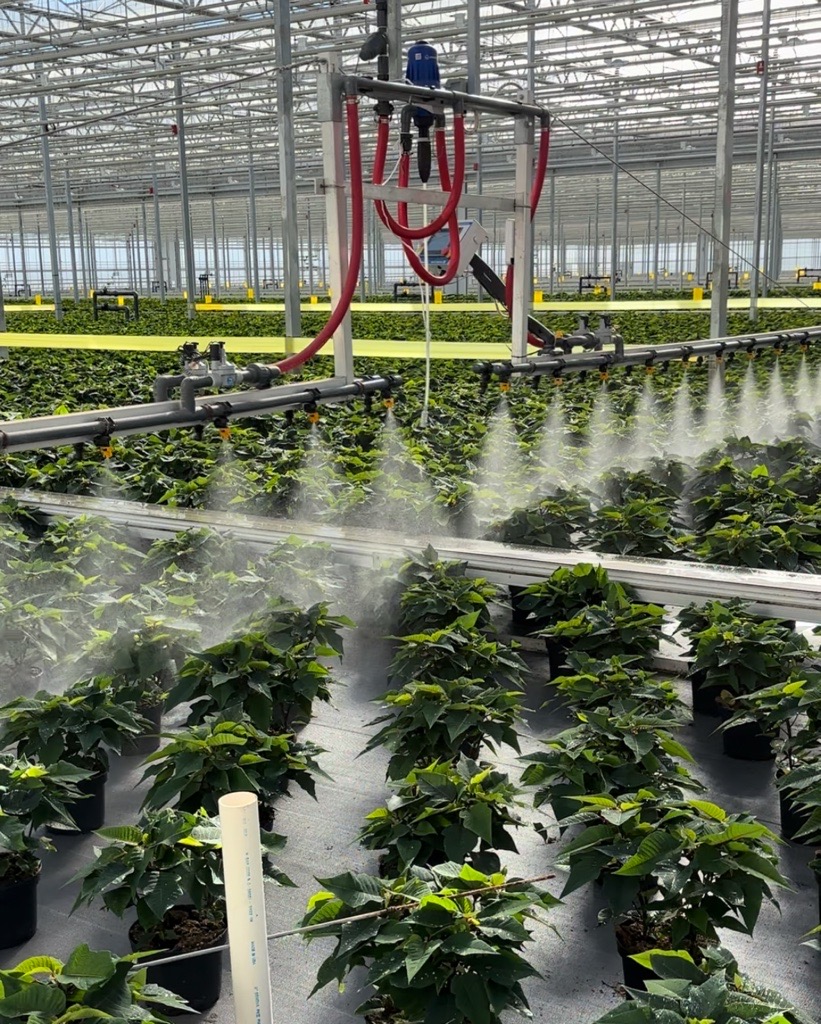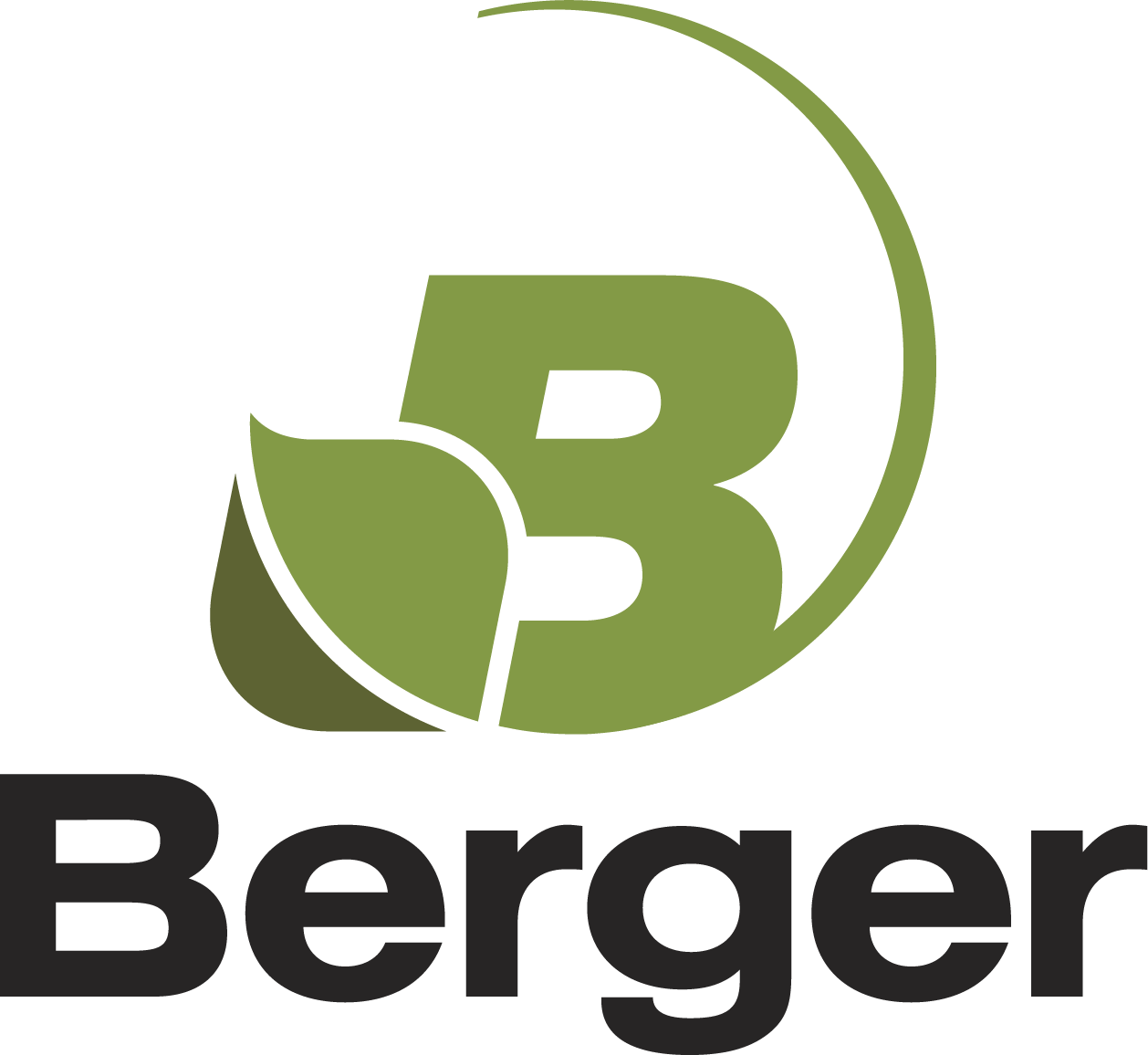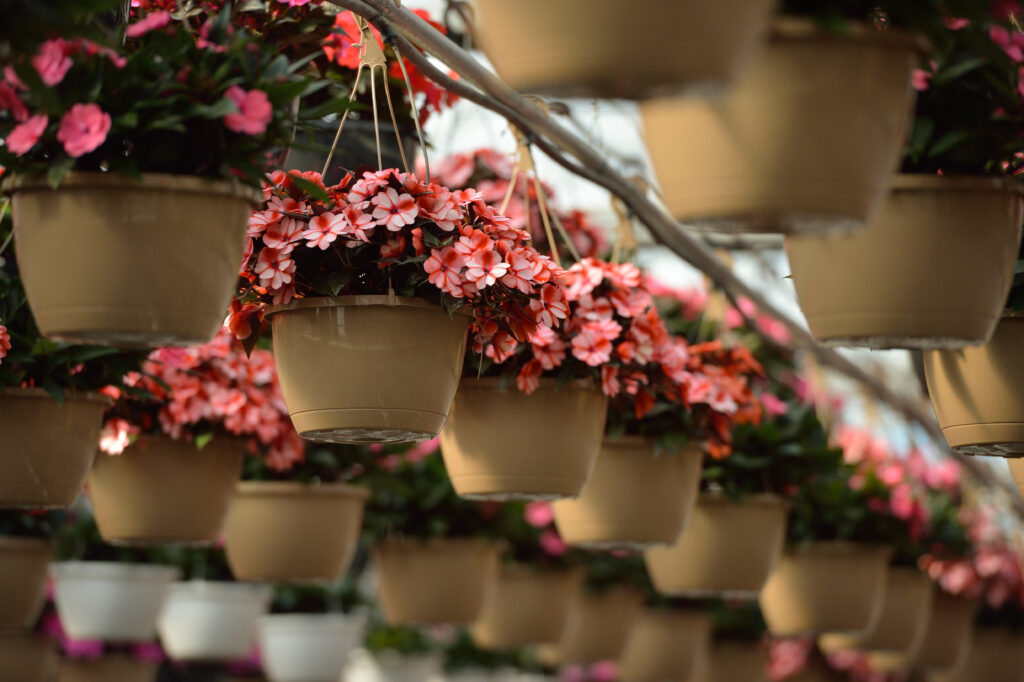Smart Irrigation: The Key to Healthy Crops and Efficient Growing
By Stacey Rocklin – Grower Advisor
Water quality is a critical factor in producing high-quality crops. Understanding the source and chemical composition of irrigation water helps prevent potential issues before they arise. Elements like sodium (Na), alkalinity, carbonates, and iron (Fe) can all impact plant health and growing conditions.
Dissolved oxygen is another key component of water quality. Maintaining levels above 4.5 ppm creates an optimal root environment, improving plant resilience. Crops irrigated with oxygen-rich water are better equipped to tolerate periods of soil saturation, promoting healthier growth and stronger root systems.
Water Recirculation, Disinfection and Sterilization
Recirculating systems manage water efficiently but require the right control measures to guarantee pathogen-free irrigation water with no salt or mineral build-up issues. Disinfection and sterilization are crucial steps for large-scale production, CEA, and food production in general.
- Multi-step water filtration, sanitation, and disinfection prevents pathogens from entering the system and spreading rapidly throughout crops.
- UV disinfection, reverse osmosis (RO) water, and ozone disinfection are some of the most common components of these systems.
- Overwatering is one of the leading contributors to plant diseases in greenhouses. Think of irrigation differently: roots need both air and water. Instead of keeping them submerged in standing water, aim for controlled, consistent hydration – give roots a drink not a drowning.

Irrigation Strategies
Precision irrigation starts with data. Using weather forecasts to anticipate watering needs helps prevent over- or under-watering, while factoring in air humidity, light intensity (sum radiation), and temperature ensures a more accurate approach. Automated irrigation systems often outperform manual watering by applying water at the right time and in the right amount. However, when hand-watering is necessary, a structured inspection and evaluation protocol is essential to maintain consistency. Here are some tips:
- For new growers, simple techniques like weighing pots and waiting until they reach a target low weight before watering can help break the habit of overwatering.
- Calibrating booms and irrigation equipment throughout the season ensures uniform water distribution as crop needs evolve.
- Overwatering is one of the leading contributors to plant diseases in greenhouses. Think of irrigation differently: roots need both air and water. Instead of keeping them submerged in standing water, aim for controlled, consistent hydration – give roots a drink not a drowning.
Disease Prevention and Reducing Crop Losses
Improving your growing environment and refining irrigation practices directly benefit your crops by reducing disease and pest pressure, which leads to cost savings and greater profitability. With proper climate control, crops become more predictable and harvests more timely. Diseases like powdery mildew, Botrytis, and root rot – often linked to high humidity and waterlogged root zones – can be minimized or even eradicated with consistent environmental management.
While there’s no one-size-fits-all solution, small adjustments that create a healthier greenhouse environment go a long way in saving money and boosting crop health.
EC and pH Management: Tools for Success
Investing in equipment to measure irrigation water quality helps reduce costs related to fertilizers, water, and fungicides, ultimately preventing plant losses. Monitoring pH and Electrical Conductivity (EC) offers several benefits:
- Prevents soil-borne diseases, including root rot.
- Enhances fertilizer efficiency, saving money and improving crop health.
- Improves crop timing and optimizes vegetative growth, leading to stronger plants before fruiting or flowering.

The Importance of Root Zone Health
While it’s easy to focus on other environmental factors, healthy root zones are just as critical to plant success and profitability.
Regularly reviewing potting practices and hydration protocols ensures that air space isn’t compromised during transplanting. While low-tech options can be effective, consistency is key. Automated equipment tends to offer more reliable results, allowing human workers to focus on tasks machines can’t handle, ultimately enhancing quality and efficiency. Every investment in technology creates a more consistent and productive growing environment.
Effective irrigation goes beyond simply watering crops – it’s about precision, quality, and balance. By managing water sources, optimizing oxygen levels, and leveraging data-driven irrigation strategies, growers can prevent diseases, improve efficiency, and ensure uniform plant growth. Thoughtful irrigation practices, paired with the right equipment and environmental controls, lead to healthier crops, fewer losses, and better profitability. Small improvements in water management today can make a big difference in the long run.
Looking for a complete systems view to optimize greenhouse environments? Check out our article on reducing operational costs through climate and environment management.


